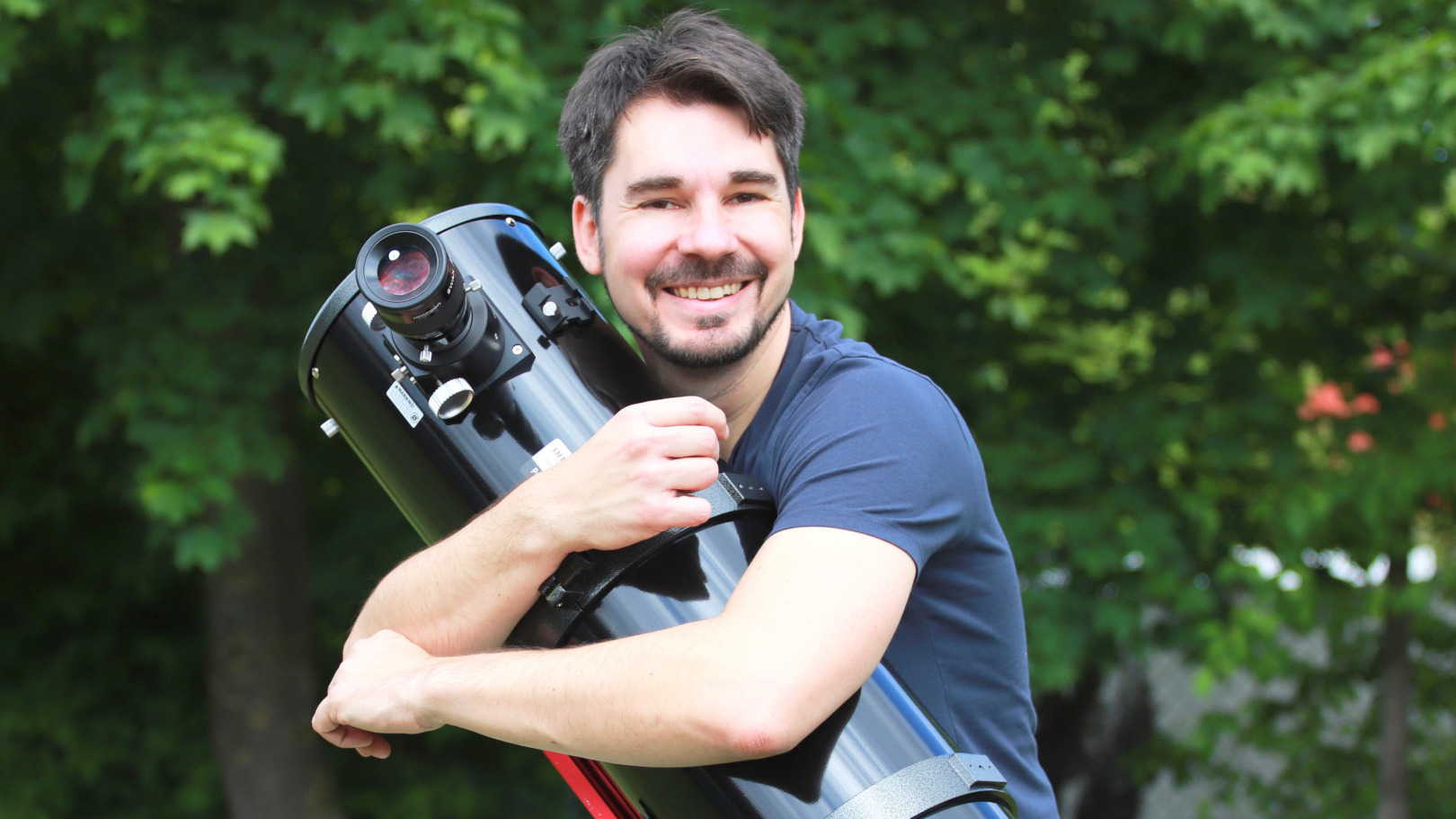Total Solar Eclipse April 8, 2024: The Equipment Guide for this highlight
Do you remember the time when many people swapped their sunglasses for cardboard models? When people eagerly awaited that one day like children waiting on their own birthday.
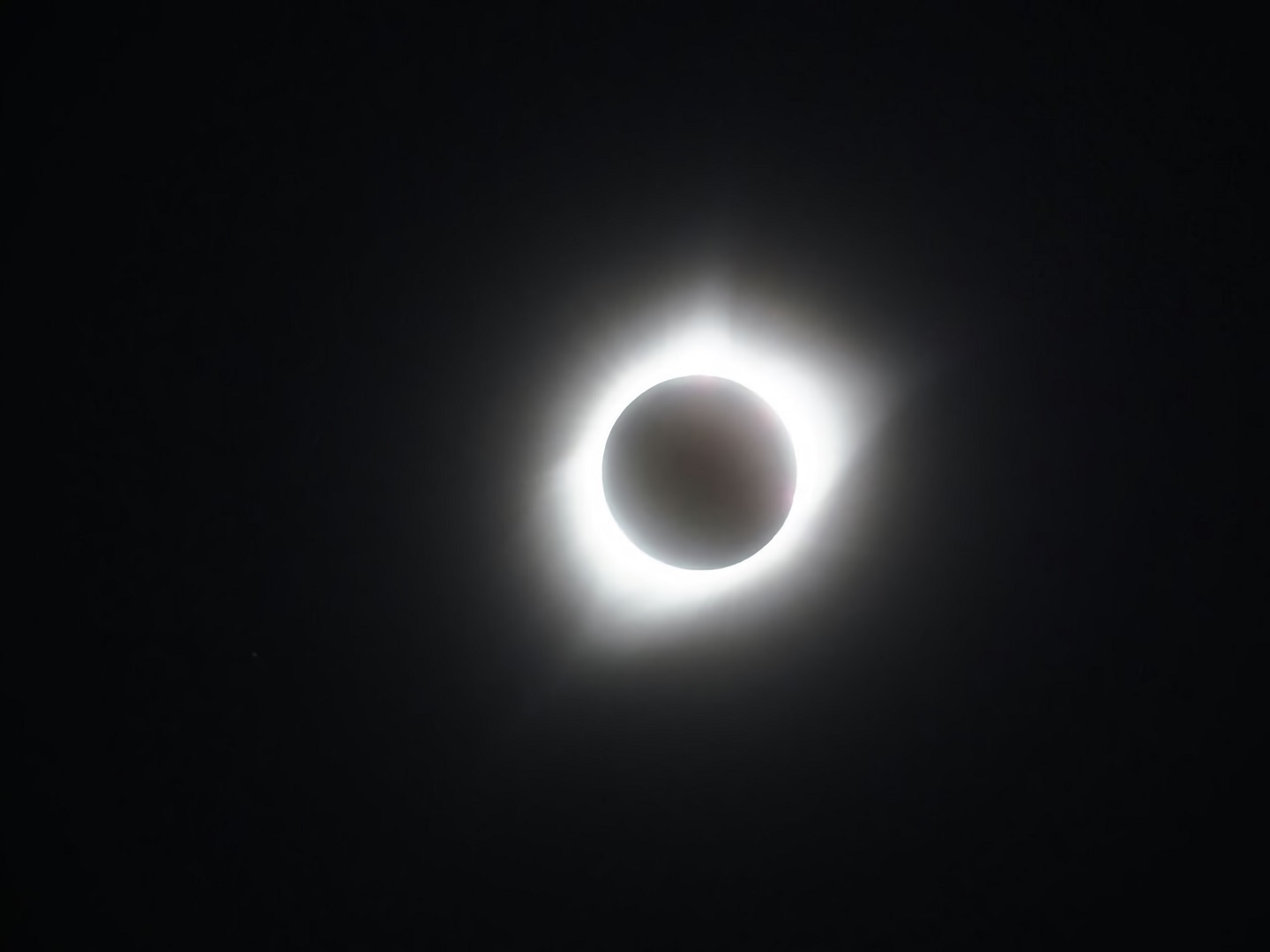
When the World revolved around just one thing: Our Sun - not just from a physics perspective. It was in the year when a total Solar Eclipse occurred and nature presented us this grand spectacle. By the way, whether we were spectators or not does not matter at all.
This was a long time ago. Did you know that 25 years have passed since then? Yet, many people still remember those two minutes, as if it happened just yesterday. This year another total solar eclipse is going to happen, however not here, but in Mexico and the USA. Perhaps you have booked a trip to the ‘land of the black Sun’ (you lucky one), you are a Solar Eclipse chaser or you simply have an interest in Celestial events.
Whatever your reasons are - in this article we want to explore the fascinating phenomenon of a Solar Eclipse and specify the equipment you need in order to observe it successfully.
The total Solar Eclipse on April 8, 2024 in North America - an overview
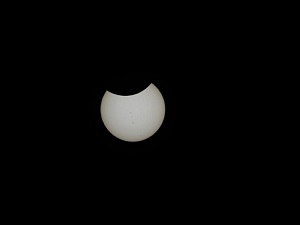
On April 8, 2024 North America will experience a fascinating astronomical event: A total Solar Eclipse. This occurs when the Moon passes directly in front of the Sun, completely blocking its light for a moment. Observers within the path of totality – a strip that stretches from Mexico across the USA and into Canada – can admire the radiant Solar corona. Depending on the location, the duration of its totality varies from one and a half up to four and a half minutes.
A Solar Eclipse - especially a journey to witness it - is a moment that sky gazers have meticulously planned for years and that holds great significance for every observer. Therefore having the right equipment is crucial. We will explain what we mean by that in a moment. First, let us begin with some basics…
What is a total Solar Eclipse and what is the difference to a partial Solar Eclipse?
A remarkable Cosmic coincidence discloses an interesting fact: Despite their enormous size differences, the Sun and the Moon appear almost the same size in the sky. Why is that? The Sun is about 400 times larger than the Moon, but it is also about 400 times farther away from Earth. These proportions result in the Sun and the Moon appearing almost the same size to us. This natural phenomenon would not be possible without such a fortunate physical alignment.
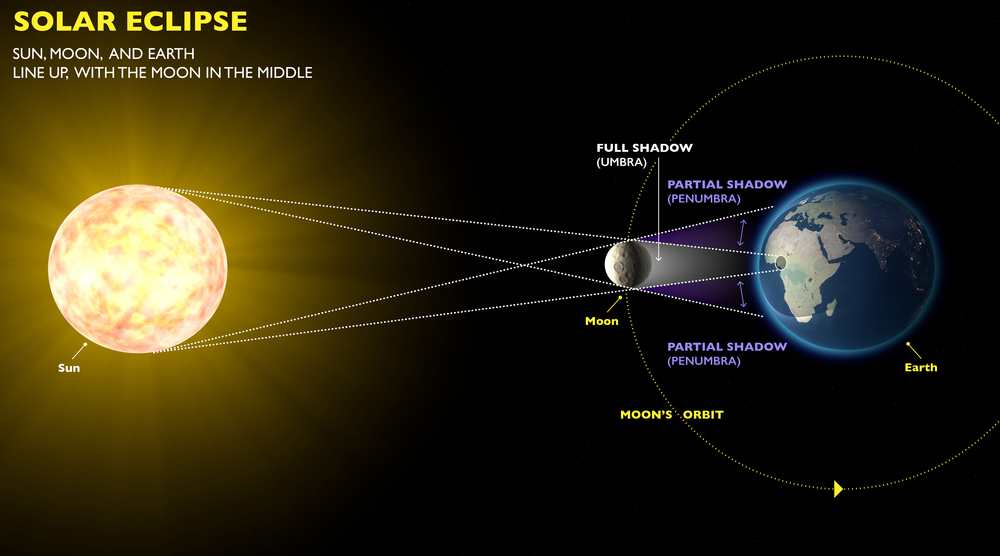 Solar eclipse, space, Naeblys, Shutterstock
Solar eclipse, space, Naeblys, ShutterstockWhen the new Moon passes precisely between the Earth and the Sun, we get a total Solar Eclipse. A specific section of our planet then plunges into darkness, while the Sun in other regions is only partially obstructed. In such areas a partial eclipse is visible.
However, a Solar eclipse only occurs when the Sun and the Moon are in alignment with the Earth during a new Moon phase. This does not happen with every new Moon. A Solar Eclipse may only be observed when the Moon is near a point that is known as a “nodal point” in its orbit. These nodal points are the intersections between the Moon's path and the plane of the Earth's orbit around the Sun, known as the Ecliptic.
The reason we do not experience a Solar Eclipse with every new Moon is due to the slight inclination of the Moon's orbit in relation to the Ecliptic. An eclipse occurs only when the new Moon is also near or right on these intersection points (“dragon points”).
During a total Solar Eclipse the Sun’s corona reveals its full splendor. You may have seen such photos before.
The shadow of the Moon sheds a path across the Earth, which can be up to 273 kilometers wide at maximum. In rare cases a totality can last up to 7.5 minutes.
The path of the 2024 total Solar Eclipse in North America
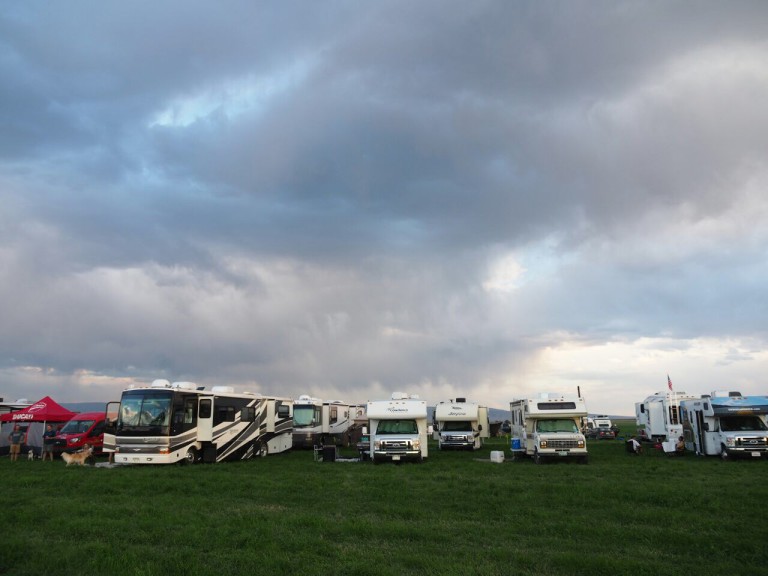
The eclipse's path begins in the Pacific Ocean on April 8, crosses Mexico, traverses the USA, reaches Canada and ends in Newfoundland. In the United States most people will witness the black Sun as the path of totality passes through 15 states from Texas to Maine – including cities like Dallas and Cleveland.
The first surface contact will be around 18:40 CEST on the water, followed by the first contact on land approximately two hours later (at 19:54 CEST), when people in Mexico become witnesses of the phenomenon. Observers there will experience a totality duration of 3 minutes and 18 seconds. The people in Vanderpool, Texas and Carbondale, Illinois, will enjoy an even longer duration of total coverage, lasting well over four minutes.
Before and after these times, the partial phase of the Sun can be observed not only within the narrow strip of about 200 kilometers width, but also in a larger area across almost all of North America. A total Solar Eclipse occurs in a specific location only once every 375 years on average. However, this eclipse in the USA is already the second one within just 7 years.
Is the Solar Eclipse visible in Europe?
Unfortunately, this eclipse can not be seen in Europe, as the shadow’s path ends long before it can reach the European mainland. Furthermore, the Sun will already have set below the horizon at that time of the year. So all we can do is wait or travel to another region of the Earth. Anyhow, there is hope: Another total Solar Eclipse will also be visible in Europe soon – more about that below.
The importance of the right equipment
Have you ever wondered why we prepare for a total Solar Eclipse, as if it were a journey to a star? The answer is simple: Having the right equipment is the key to experiencing this celestial phenomenon. It is not just about optimized visibility, but also important to protect our eyes.
A total Solar Eclipse is rare and passes quickly. Without the proper tools we would not be able to witness this phenomenon in all its glory or - even worse - we could permanently damage our eyes. The correct Solar filter, for example, is not an option, but a necessity.
How about taking a photo of the Moon while it is covering the Sun? There is equipment for that too, which we highly recommend, so that you can bring the right photos back home with you.

Safety comes first when observing the Sun
When observing the Sun, safety should be the number one priority. There are alarming reports where people tried to protect their eyes by using CDs, emergency blankets or smoked glass for viewing. Do not do this – you only have two eyes! Such a behavior can be highly dangerous.
Even eyepiece Solar filters, which can be found in the accessories of lower-quality telescopes, are more than dangerous as they can burst. Protect your eyes and your instruments with certified Solar Eclipse glasses and Solar filters from specialized Astronomy retailers. They have the expertise in this field. For the sake of your health.
Here is what you need to consider:
- Quality: Only buy Solar Eclipse glasses and Solar filters from a manufacturer known for the safety and quality of their products.
- Optical density: There are filters of different density levels. We generally recommend a density of 5.0, as these allow less than 0.001% of Sunlight to pass through.
- Proper size: The filter must fit your telescope, binoculars, or camera.
Choosing the right Solar filter
If you could only take one thing with you on a journey to witness a Solar Eclipse, what would it be? A Solar filter of course! You can only safely observe the event with this. Depending on whether you are observing with your eyes, binoculars or telescopes, you will need different equipment.
Solar Eclipse glasses: Solar Eclipse glasses are simple, yet effective in protection. They are usually made of cardboard but equipped with an ND5 Solar filter foil. There are variations like “AstroSolar” foil by Baader Planetarium or a black “SunSafe” foil by Lunt, which displays the Sun in a pleasant yellow hue. Both types of glasses block Sunlight by a factor of 100,000.
Solar filters for telescopes: Objective filters for telescopes are popular among most observers. For good reason, as they block Sunlight before it can enter your telescope. Here is how it works: Simply place the filter in front of the aperture (the front part of the telescope tube), secure it and you are ready to observe. There are filters without frames, pre-assembled products with a plastic or metal frame or glass filters with a frame. Whether you prefer to use a foil filter or a glass filter is a matter of personal preference.
Important before any purchase: Please measure the outer diameter of your telescope's tube, so that you know which filter diameter you actually need.
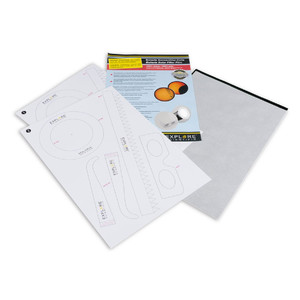
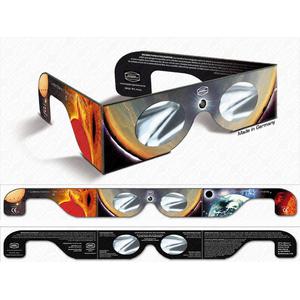
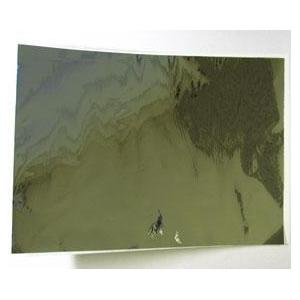
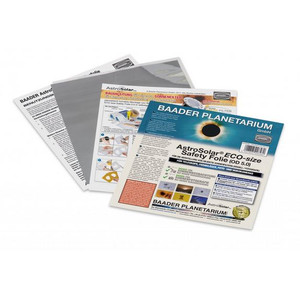
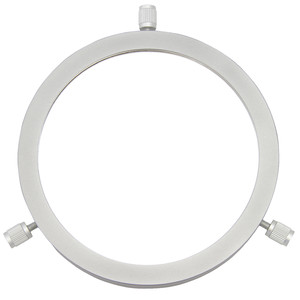
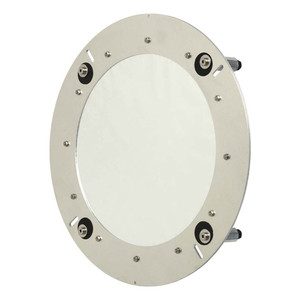
Herschel Wedge for telescopes: Some Solar observers will not miss their Herschel Wedge. What is it? It is also a Solar filter, but in the form of a prism. It allows only 5% of Sunlight to pass through and directs 95% of the light into a light trap, removing most of the heat that is being generated from the optical path. In addition, a 3.0 neutral density filter is used. You can only use a Herschel Wedge with refractors, as only those telescopes can cope with the heat generated within the tube. The advantage of a Herschel Wedge lies in its excellent image quality and the ability to observe fine details such as Sunspots, granulation and Solar flares.
Solar filters for binoculars: Binoculars also need adequate protection and in this respect they are not much different from telescopes. However, there is one difference: You need a separate filter for each objective. To avoid interference between the tubes, we recommend using special binocular filters with cutouts on the inner side of the eyepiece frame. This way you can observe without the filters getting in each other's way.
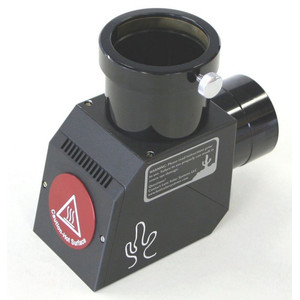
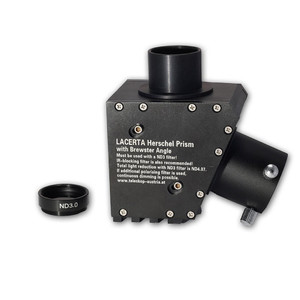



Telescopes and binoculars for Solar observation
In addition to individually adaptable products, telescopes and binoculars are available with built-in Solar filters. You do not need to attach anything and you do not have to worry about the correct positioning or size of the filter.
Solar binoculars: These instruments are equipped with white light filters for solar observation. We have compiled a few recommendations for you.
Solar telescopes: Manufacturers such as Coronado, Lunt, or Daystar offer telescopes for Solar observation in specific wavelengths, such as the H-alpha line or other spectral ranges. In the Hydrogen line you get a view of the Sun's chromosphere and admire the fascinating gas eruptions (prominences) of the Sun.
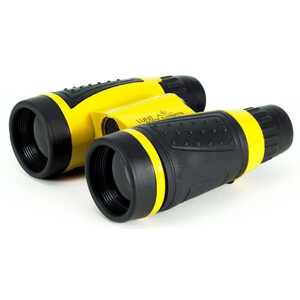
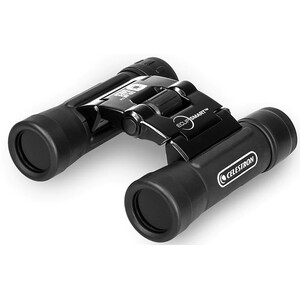
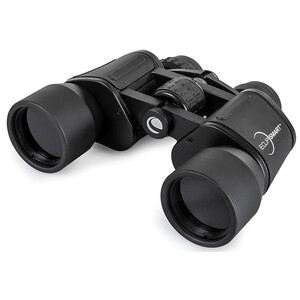
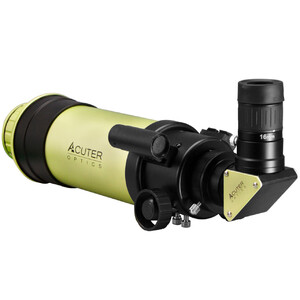
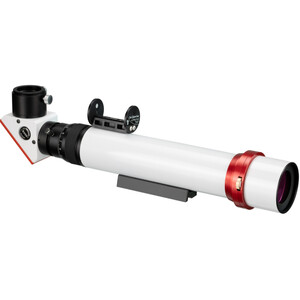
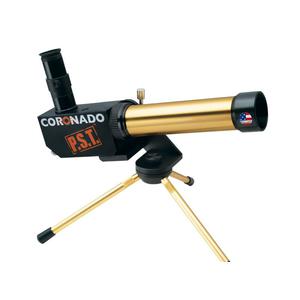
Cameras and lenses for photographing the Solar Eclipse
Do you want to photograph the Sun with your DSLR or mirrorless camera? It is as easy as 1-2-3...Even your camera lens needs to be equipped with a lens Solar filter. Smaller filters in frames or a Solar filter foil, from which you can make your own lens filter, are suitable options.
Additional helpful accessories:
Sometimes, it is not easy to find the Sun in a telescope. Even the often used “shadow method” (aligning the tube so that its shadow on the ground is the smallest) does not always guarantee immediate visibility of the Sun.
It is incredibly easy with a Solar finder, which is a small but effective accessory consisting of an aperture and a tiny screen that displays the Sun.
When observing the Sun, be it during an eclipse or normal observation, you should protect other parts of your body as well. A hat may cover your head, but when you have a forward-leaning posture, concentrating on the eyepiece, your neck is vulnerable to Sun exposure. Therefore we recommend the use of a specific Sun hat with a neck protection flap. In addition, a Sun hood is helpful - not only for Sun protection, but also for increasing the contrast during an observation.

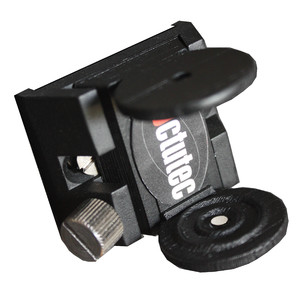
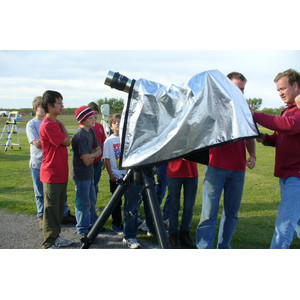

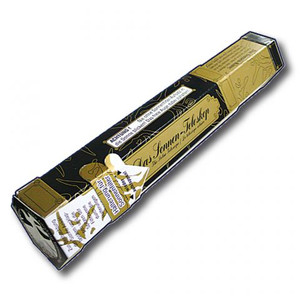
Livestream Solar Eclipse for those staying at home
Have you not booked a trip to the region of the Solar Eclipse? However you still want to follow the event, right? The livestream from ‘time and date’ will start promptly at the beginning of the eclipse.
Solar observation is enjoyable even without a total Solar Eclipse
Even if you are not lucky enough to witness the 2024 total Solar Eclipse, one thing is certain: The Sun is ready to be observed during almost 365 days per year (weather related). With the right equipment it is fun to observe Sunspots or prominences. Currently it provides us with increased Solar activity, making our home star even more interesting. You want to see a total Solar Eclipse here in Europe? Then you will not have to wait very long, because on August 12th 2026 (and once again a year later), a total Solar Eclipse will be visible in northern Spain.
Author: Marcus Schenk
Marcus is a stargazer, content creator and book author. He has been helping people to find the right telescope since 2006, nowadays through his writing and his videos. His book "Mein Weg zu den Sternen für dummies Junior" advises young people, and those who are still young at heart, what they can discover in the sky.
As a coffee junkie, he would love to have his high-end espresso machine by his side under the starry sky.

